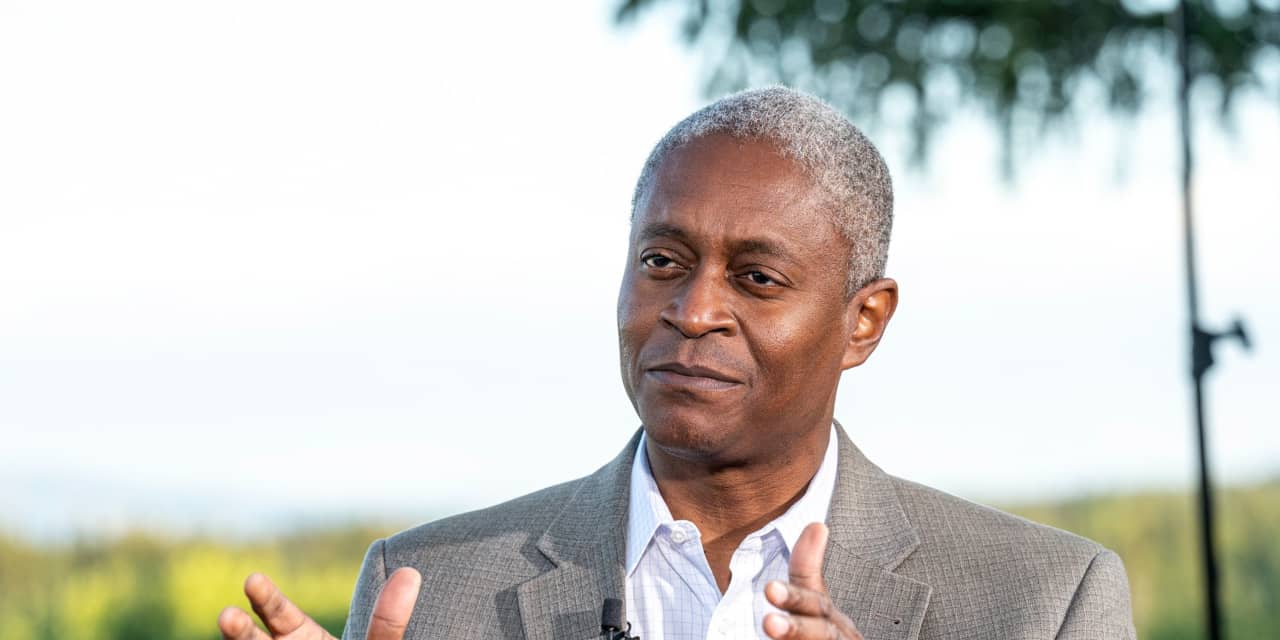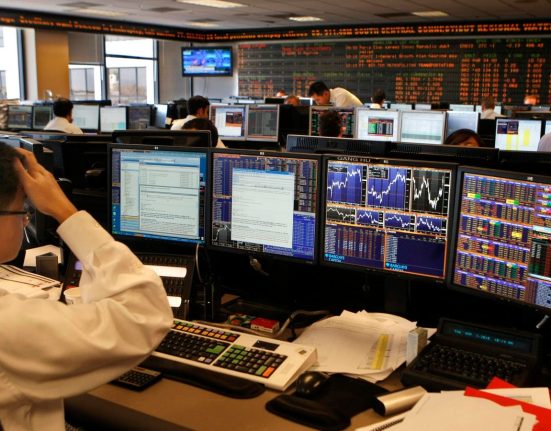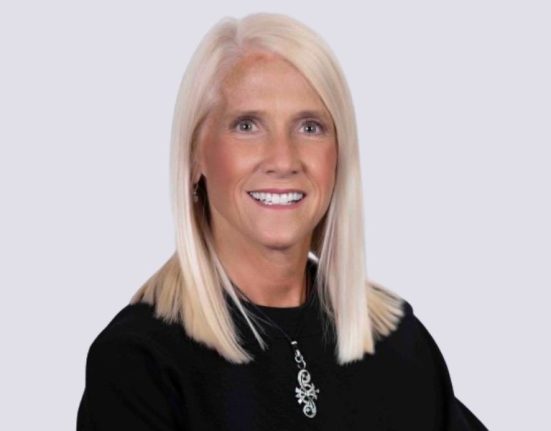Investors will have to wait until at least July for those widely expected interest-rate cuts, according to one Federal Reserve president’s outlook.
Atlanta Fed President Raphael Bostic said rate cuts probably wouldn’t be suitable until the third quarter given the current strength of the economy.
That’s a quarter earlier than he originally predicted, Bostic said, thanks to just how quickly inflation is slowing. Bostic added that he is anticipating two rate cuts in 2024.
“If inflation continues going down faster than I expected, then I’ll adjust and adapt,” Bostic said, speaking to the Money Marketeers of New York University. “But I want to be sure… that we’re getting true signals, as opposed to volatility.”
He said the course of the inflation rate over the year is likely to be “directionally the same but bumpy.”
Bostic, who is voting on the Federal Open Market Committee’s policy decisions this year, said he is “grateful” the economy has maintained strong growth and a robust labor market even as the inflation rate falls.
Yet he said he remains “vigilant” over the risk of cutting rates too soon and spurring a re-acceleration in inflation.
“The stronger the economy is, the harder it’s going for prices to fall rapidly,” he said. “I do think that in the set of [potential] problems to have, this is one of the better ones.”
Inflation eased in January but came in above Wall Street
DJIA
expectations, with consumer prices up 3.1% from the same month a year earlier. That higher-than-expected reading jolted the markets Tuesday and dashed investors’ hopes that officials could start cutting interest rates as early as the next Fed meeting in March.
Bostic echoed Fed Chair Jerome Powell’s previous public comments that officials will need to see more evidence that inflation is under control before they move to cut rates, especially given the CPI report.
He added that bringing the inflation rate down to the Fed’s 2% target remains the top priority.
“That’s got to be job number one. I don’t want to make this too complicated,” he said. “I worry we underestimate the cost and the pain that high inflation imposes on people.”
He also warned against relying on assumptions drawn from the past history when trying to plot the course for 2024. Current conditions defy prior conventions of how monetary policy affects the economy, he said.
“Economic history does not seem to be repeating itself,” he said. “If there is an overarching lesson I’ve taken from the pandemic experience, it is humility: to expect to be surprised.”







